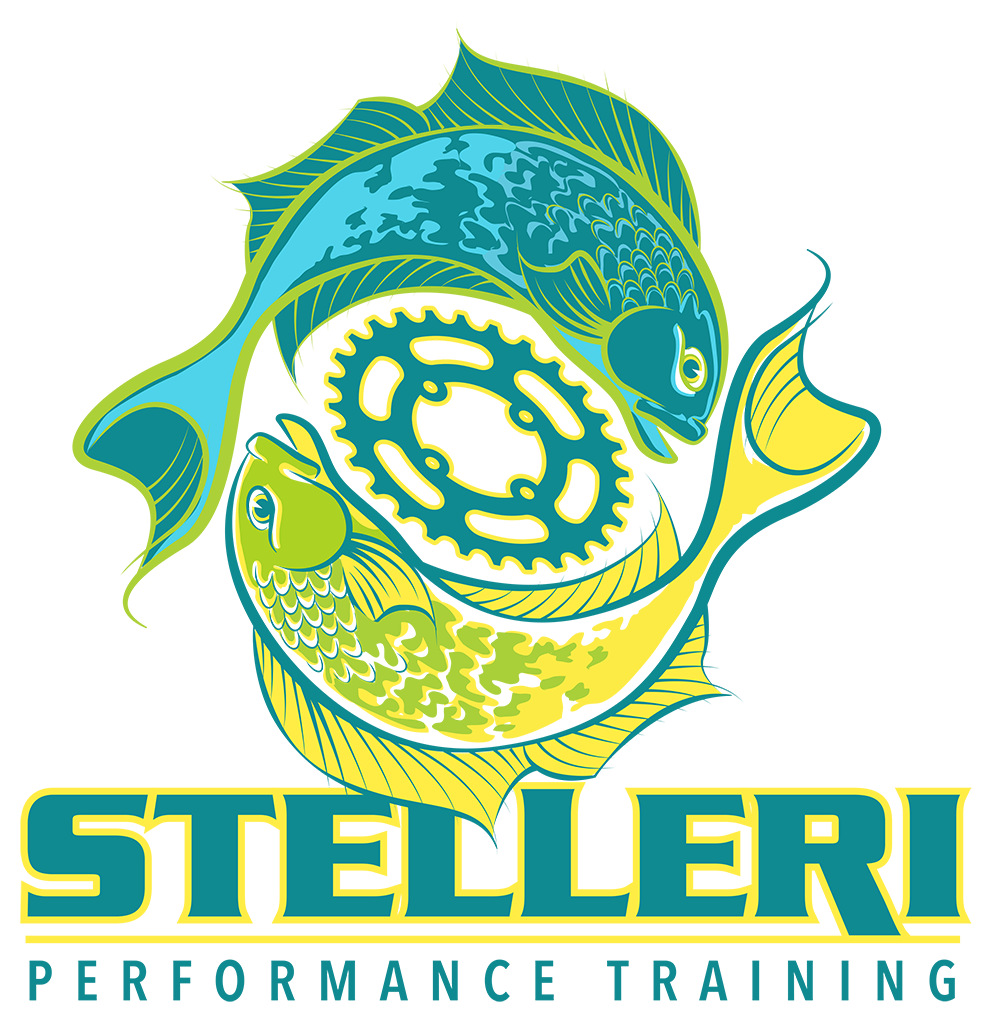Rev up those legs!
Words of WIsdom by Coach Pam Semanik.
SPEED is one of the 3 foundations of base phase training (the others being strength (force) and aerobic endurance). You may have noticed that there are some high cadence workouts and drills on your training plan. What are these for, and what’s the best way to do them?
Speed skill is the ability to turn the pedals quickly and efficiently. In this regard, ‘speed’ does not mean ‘velocity’, and so you won’t be concerned with MPH but with RPM. The workouts we give you at this time will train your legs to turn over at higher RPMs, to engage your fast-twitch muscles.
What you are working on here is what we call ECONOMY: quick movements without wasted energy. The desired outcome is that your natural cadence will increase and your conservation of energy will improve.
You can do cadence drills outside, using a very easy gear (small chainring in the front, largest cog in the back) and a flat or somewhat-downhill course. You can also do them on a variable resistance (Smart) trainer, but you need to adjust the controls, and your ‘virtual’ route, to facilitate a high cadence spin without putting a lot of force on the pedals.
The best way to do cadence drills is on a plain old stationary (‘dumb’) trainer, with just enough tension applied to the back wheel so you’re not in a free spin. Be sure to use a training tire if you regularly use a stationary trainer, or your regular road tire will take a beating. And, of course, a cadence sensor mounted to your shoe or crankarm will keep you honest.
The goal of these workouts is to teach you to spin smoothly and without any wasted energy. Concentrate on keeping an even pressure throughout the rotation (think about your foot making a perfectly even circle, without ‘flat spots’ at top or bottom). Work on eliminating any exaggerated upper body movement, often caused by body alignment issues and imbalances, muscle tightness, or weaknesses. You will want to keep a quiet upper body, and once you get to higher cadences, you will want to be able to pedal fast without bouncing in the saddle. This takes practice, but it will make you a more efficient rider.
As you progress through the off-season, you may notice that you are able to spin faster in higher gears. This is exactly the adaptation that we’re training toward: the ability to ride faster and longer while expending less energy.
